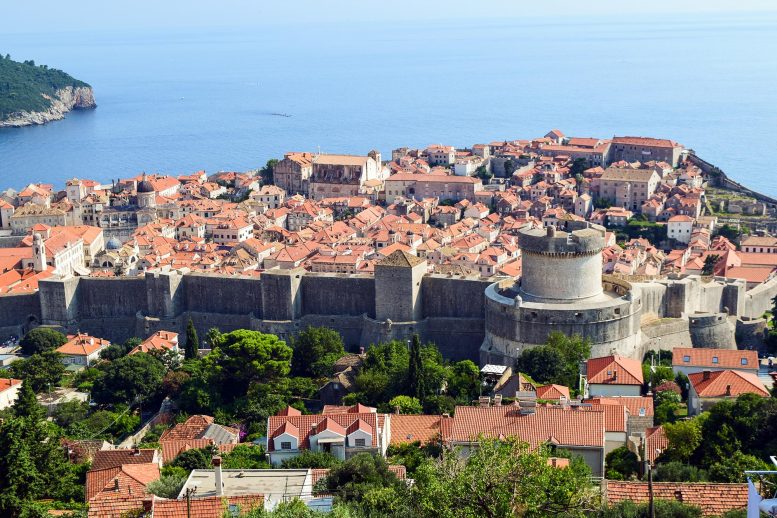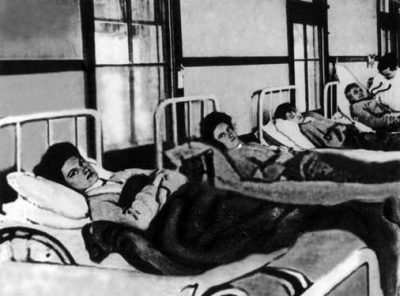MASQUE OF THE RED DEATH
Artist behind King Charles III's controversial portrait shares why he used the color redKATIE KINDELAN
Thu, May 16, 2024
The artist behind the new portrait of King Charles III is sharing insight into some of his more controversial artistic choices, like the use of the color red.
Jonathan Yeo, a U.K.-based artist, painted the portrait of Charles -- unveiled Tuesday at Buckingham Palace -- over the course of three years.
The portrait, which stands over 6 feet tall, features a striking red background and shows Charles wearing the uniform of the Welsh Guards, of which he was made Regimental Colonel in 1975, according to the palace.
According to a new description of the portrait shared on Yeo's website, the artist chose the "vivid" red background, in part, to bring a "contemporary jolt" to the painting.
"The vivid colour of the glazes in the background echo the uniform's bright red tunic, not only resonating with the royal heritage found in many historical portraits but also injecting a dynamic, contemporary jolt into the genre with its uniformly powerful hue / providing a modern contrast to more traditional depictions," the description reads.
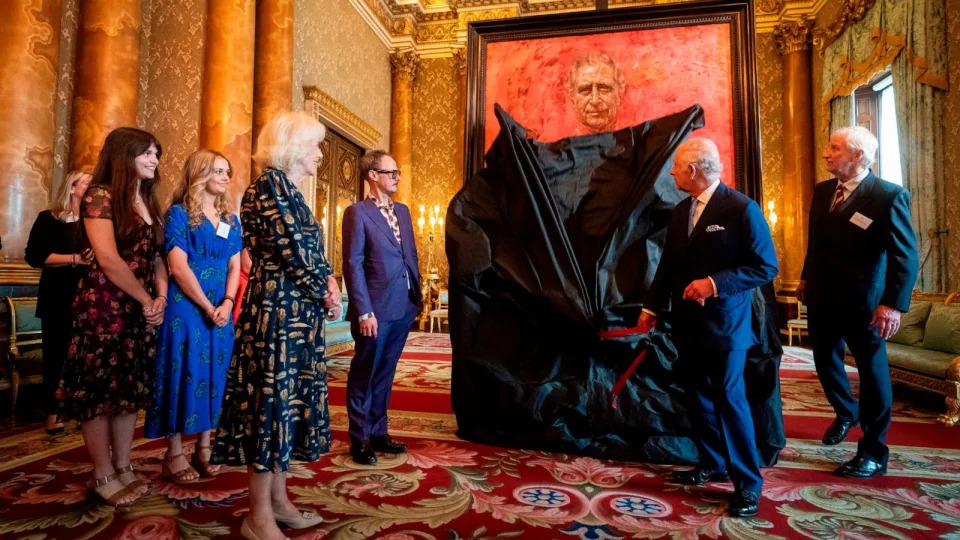
PHOTO: Britain's King Charles III and Queen Camilla at the unveiling of artist Jonathan Yeo's portrait of the King, in the blue drawing room at Buckingham Palace, in London, May 14, 2024. (Aaron Chown/AP)
In his own words, Yeo said the red is also designed to help Charles' military uniform fade into the background.
"As a portrait artist, you get this unique opportunity to spend time with and get to know a subject, so I wanted to minimize the visual distractions and allow people to connect with the human being underneath," Yeo said in a statement on his website.
The butterfly located above Charles' shoulder in the painting is described as being representative of not only the king's transformation to monarch, but also his passion for environmental causes.
"The Monarch butterfly is believed to have been named after an English King (William of Orange) due to its distinctive color," Yeo's website reads. "And this migratory species is already one of the most affected by climate change because of alterations in spring temperatures."
The unexpectedly modern painting and it's bold red tone drew mixed reactions online quickly after its unveiling, at which both Charles and Yeo were present.
"I think this is beautiful and such a break from the traditional portraits," one commenter wrote on Buckingham Palace's Instagram post about the portrait.
"I'm sorry but his portrait looks like he's in hell," wrote another commenter.
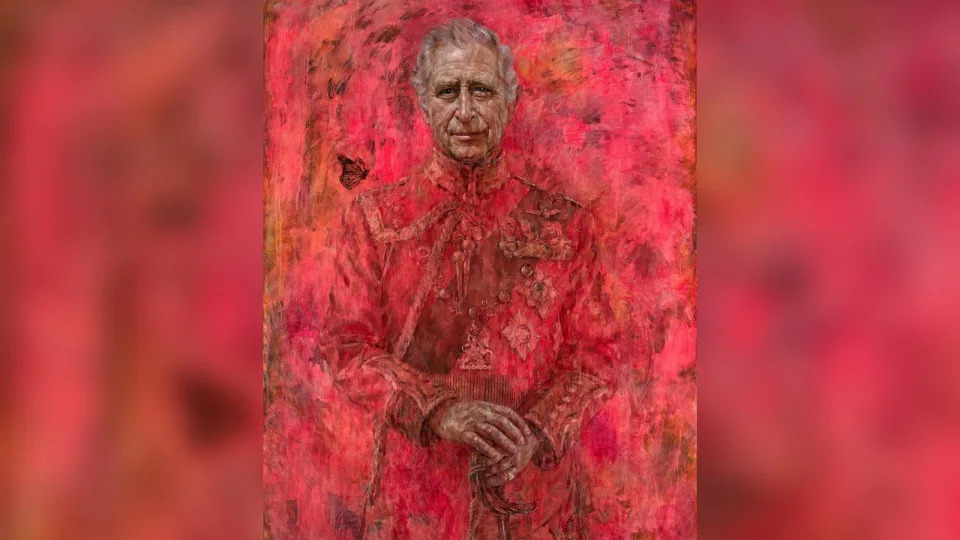
PHOTO: A handout image released on May 14, 2024, shows a portrait of Britain's King Charles by artist Jonathan Yeo. (His Majesty King Charles III by Jonathan Yeo via Reuters)
Others in the comments section saw a little of both sides, with one person writing, "I would have loved this if it was any other color than red. He really captured the essence of him in the face, but the harshness of the red doesn't match the softness of his expression."
King Charles gives Prince William a military title with close ties to Prince Harry
And still others commented that they would have expected even more of a more nature-based portrait for Charles.
"Given his love of nature and preservation, I am surprised there was not a natural landscape portrayed behind him," wrote one commenter.
The portrait of Charles is his first official portrait since his coronation last year.
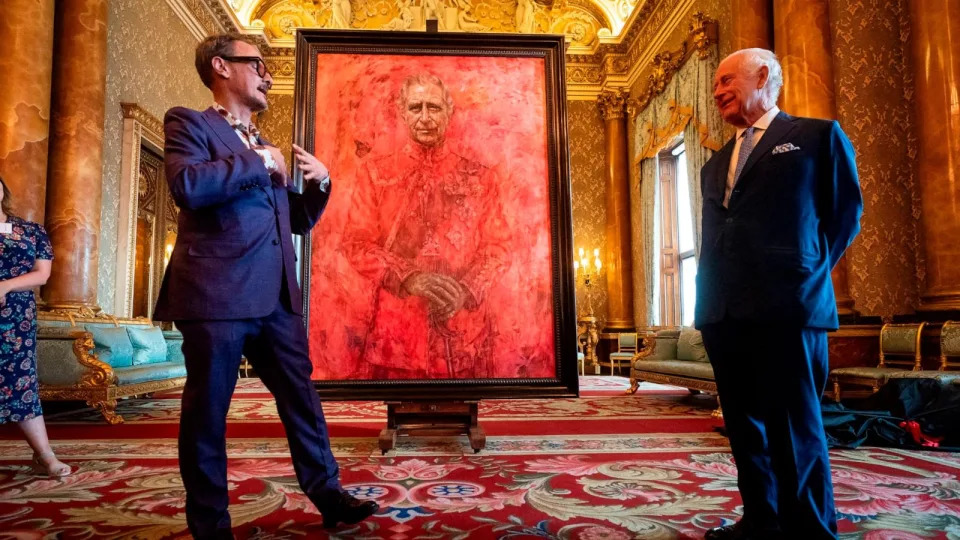
PHOTO: Artist Jonathan Yeo, left, and Britain's King Charles III at the unveiling of artist Yeo's portrait of the King, in the blue drawing room at Buckingham Palace, in London, May 14, 2024. (Aaron Chown/AP)
The painting was first commissioned in 2020, when Charles was the Prince of Wales, a title that has since been passed to his eldest son Prince William, after the death of Queen Elizabeth II in 2022.
King Charles visits cancer center in 1st return to public duties since cancer diagnosis
"I do my best to capture the life experiences etched into any individual sitter's face," Yeo said in a statement shared Tuesday by the palace. "In this case, my aim was also to make reference to the traditions of Royal portraiture but in a way that reflects a 21st Century Monarchy and, above all else, to communicate the subject's deep humanity. I'm unimaginably grateful for the opportunity to capture such an extraordinary and unique person, especially at the historic moment of becoming King."
Yeo painted the portrait in his London studio in between four sittings with Charles from 2021 to 2023, according to the palace.
The painting will be on display for one month beginning May 16 at the Philip Mould Gallery in London. Then the painting will go on to hang in Draper's Hall, an historic building in London that was originally owned by King Henry VIII.
Web results
The Masque of the Red Death - Poe's Works | Edgar Allan Poe ...
https://www.poemuseum.org › the-masque-of-the-red-death
The red death had long devastated the country. No pestilence had ever been so fatal, or so hideous. Blood was its Avatar and its seal -- the madness and the ...
Directed by: Roger Corman
Actor: Vincent Price
Genre: Horror

